Flexor Pollicis Brevis Muscle
Table of Contents
Flexor Pollicis Brevis Muscle Anatomy
The flexor pollicis brevis is a muscle in the hand that flexes the thumb. It is one of three thenar muscles. It has both a superficial part and a deep part.
There are two heads in the flexor pollicis brevis: superficial and deep. The deep head, though, can vary in size and can entirely disappear.
The flexor pollicis brevis, like the other thenar muscles, flexes the thumb at the metacarpophalangeal joint.
Origin
Superficial Head
The muscle’s superficial head arises from the distal edge of the flexor retinaculum and the tubercle of the trapezium, the most lateral bone in the distal row of carpal bones. It passes along the radial side of the tendon of the flexor pollicis longus.
Deep Head
The trapezoid and capitate bones, along with the palmar ligaments of the distal row of carpal bones, are the sources of the deep head.
The radial side of the base of the thumb’s proximal phalanx is where the deep and superficial heads meet after following an oblique direction. They attach here through a common short tendon that has a sesamoid bone embedded in it.
Insertion
It is inserted on the radial side of the base of the proximal phalanx of the thumb, at the junction between the tendinous heads there is a sesamoid bone.
Nerve supply
The superficial head is usually innervated by the lateral terminal branch of the median nerve.
Blood supply
Branches of the Radial Artery
The superficial palmar artery, branches of the princeps pollicis artery, and the radialis indicis artery give blood to the flexor pollicis brevis.
Action
The flexor pollicis brevis flexes the thumb at the metacarpophalangeal joint, as well as flexion and medial rotation of the 1st metacarpal bone at the carpometacarpal joint.
Function
As a part of the thenar muscles, the flexor pollicis brevis acts on the thumb and produces flexion at the metacarpophalangeal and carpometacarpal joints. This action aids in opposition of the thumb and, if continued, it produces the medial rotation of the thumb.
Assessment
When the thumb is flexed against resistance, the flexor pollicis brevis may be tested and palpated on the thenar eminence.
Relations
The most medial thenar muscle is the flexor pollicis brevis. It is lateral to the adductor pollicis muscle and medial to the opponens pollicis and abductor pollicis brevis muscles.
The flexor pollicis longus tendon is passed by the superficial head of the muscle throughout its path, while the deep head travels deep to the same tendon. Furthermore, the superficial head and the opponens pollicis muscle are frequently combined. The motor branch of the median nerve crosses the muscle’s superficial surface.
Strengthening Exercise
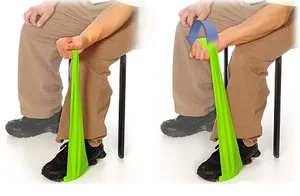
- Sit leaning forward with your legs slightly spread. Then place your affected forearm on your thigh with your hand and wrist in front of your knee.
- Grasp one end of an exercise band with your palm up, and step on the other end.
- Keeping your wrist straight, roll your palm inward toward your thigh for a count of 2, then slowly move your wrist back to the starting position to a count of 5.
- Repeat 8 to 12 times.
Stretching exercise
Keeping your wrist and hand straight, place a finger from your opposite hand between the knuckle and end joints of your thumb. Try to bend the knuckle of your thumb without bending the tip, using your opposite hand to resist the movement. Try to hold this position without moving.
Related pathology
De Quervain’s Tendonitis is a condition caused by an inflammation of the tendons located at the thumb side of the wrist. Tendons are tissues that attach our muscles to our bones. They can become swollen and sore from overuse.
The sensory impairments like numbness, paresthesias, and motor deficits of the superficial belly of FPB are caused by median nerve compression which occurs in the carpal tunnel syndrome. Circumduction and opposition require well-coordinated, simultaneous movements across each of the three thumb joints (CMC, MCP, IP), Carpal tunnel syndrome disrupt these motion pattern.
FAQ
Flexor pollicis brevis, a member of the thenar muscles, flexes the thumb at the metacarpophalangeal and carpometacarpal joints. This movement facilitates thumb opposition and, if sustained, results in thumb medial rotation.
The hand muscle that flexes the thumb is called the flexor pollicis brevis. Of the three thenar muscles, this one is. It is composed of both a deep and a superficial layer. Left hand’s superficial muscles, seen from the palm side.
A thenar muscle in the hand is called the flexor pollicis brevis. It is characterized as having a superficial and deep element (although the size of the deep component varies) and forms the medial side of the thenar eminence.
Our research on the flexor pollicis brevis muscle indicates that the ulnar and median nerves (double innervation) supply innervation to the deep head, whereas the median nerve innervates the superficial head.
To test the flexor pollicis brevis, ask the patient to flex the tip of their thumb while you resist the movement.
Synergist muscles are Abductor pollicis brevis, Opponens pollicis, and Adductor pollicis.
Antagonist muscles are Palmaris brevis, Abductor digiti minimi, Flexor digiti minimi, Opponens digiti minimi.



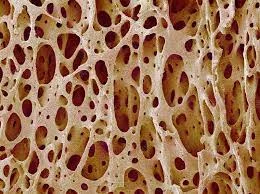
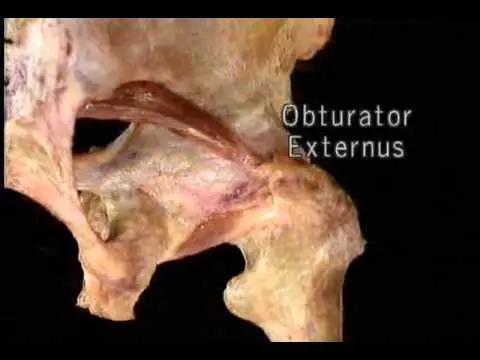
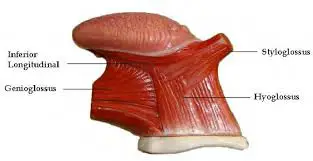
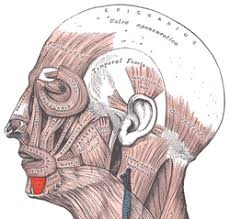
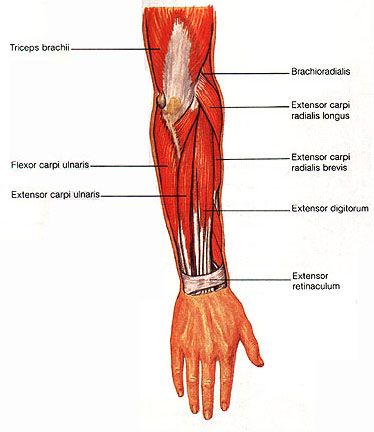
One Comment